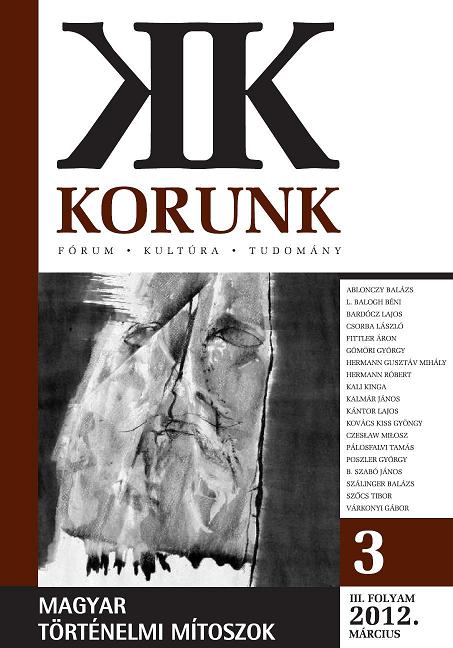A halál tényei, avagy a tények halála?
István Széchenyi’s Last Easter Day
Author(s): László CsorbaSubject(s): History
Published by: Korunk Baráti Társaság
Keywords: Count István Széchenyi; legend; illness; suicide; evidences; sources
Summary/Abstract: People always had two images of Count István Széchenyi. One was the Széchenyi of legend, the infallible hero who knew everything, and always knew it in advance. He therefore had to be heeded in the same way that the faithful obey a saint. On the other hand, there is also the image of the flesh-and-blood man who wrestled with life, and, despite all the troubles and illness, he was a genius and produced a brilliant life’s work. Some people are captivated by the myth; others are more attracted by the image of the fallible man. Today both notions are part of the Hungarian past. Historians tend to fill in gaps by applying common sense to the probable motivation of an act. This is hard to do when the subject is mentally unstable, especially if we are ignorant of the specific nature of the illness. We know that the authorities were threatening to search Széchenyi’s quarters and transfer him to one of the Austrian state lunatic asylums. Maybe these things had nothing to do with his suicide; maybe his mind simply “clouded over” again. But many people believe today, in fact, that the count was murdered. The study investigates the possible evidence and the facts conserved by the original sources.
Journal: Korunk
- Issue Year: 2012
- Issue No: 03
- Page Range: 59-66
- Page Count: 8
- Language: Hungarian

